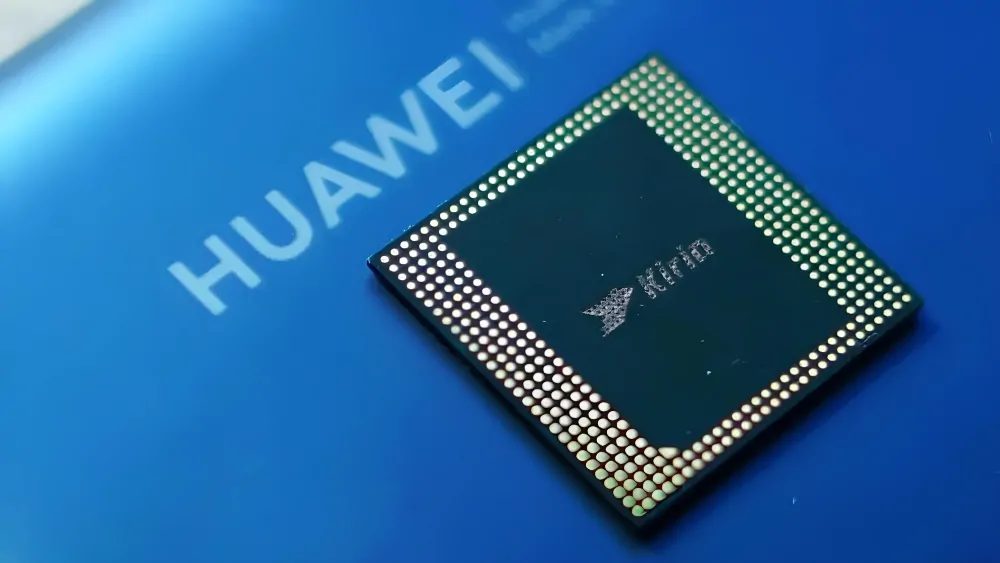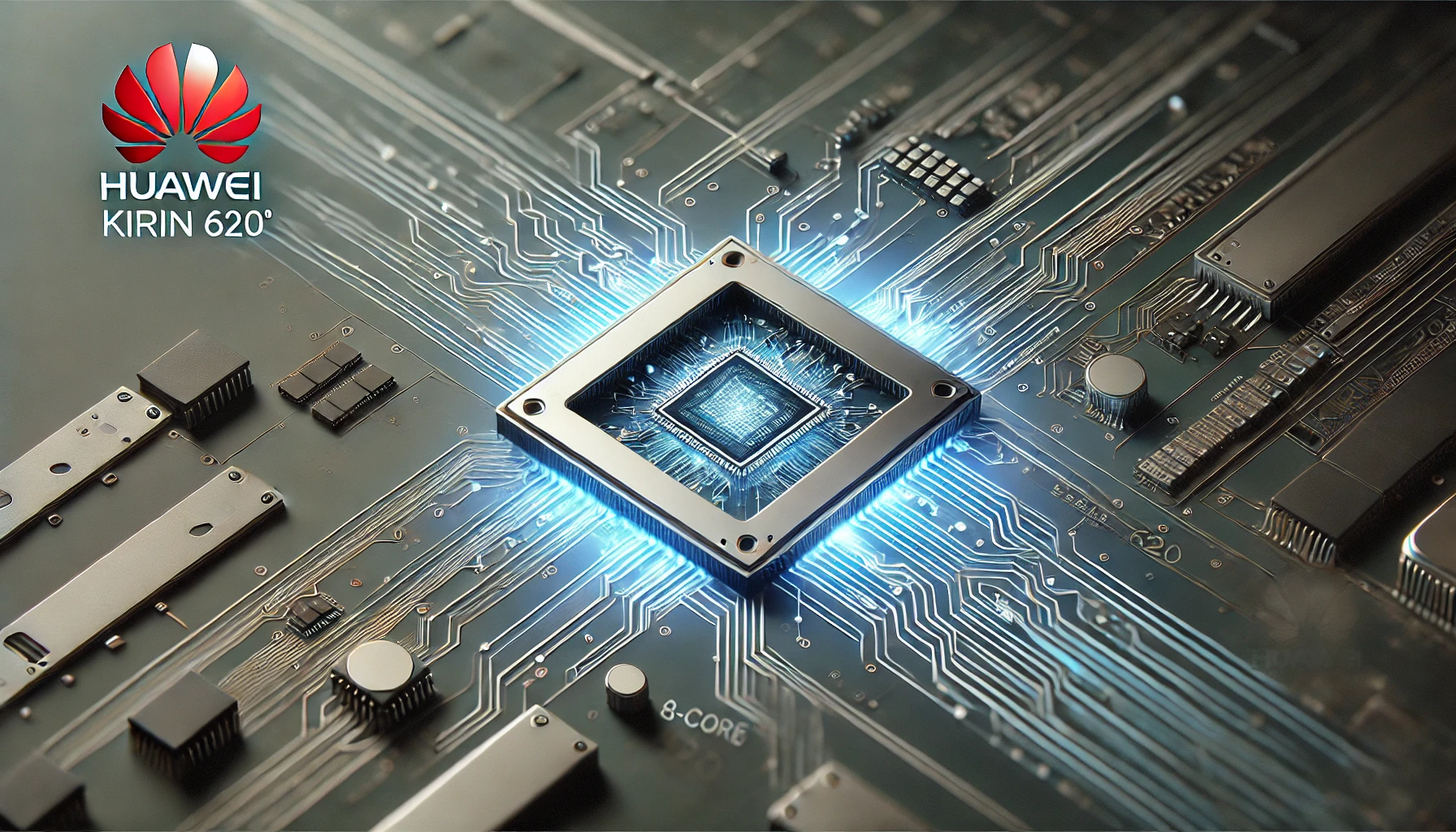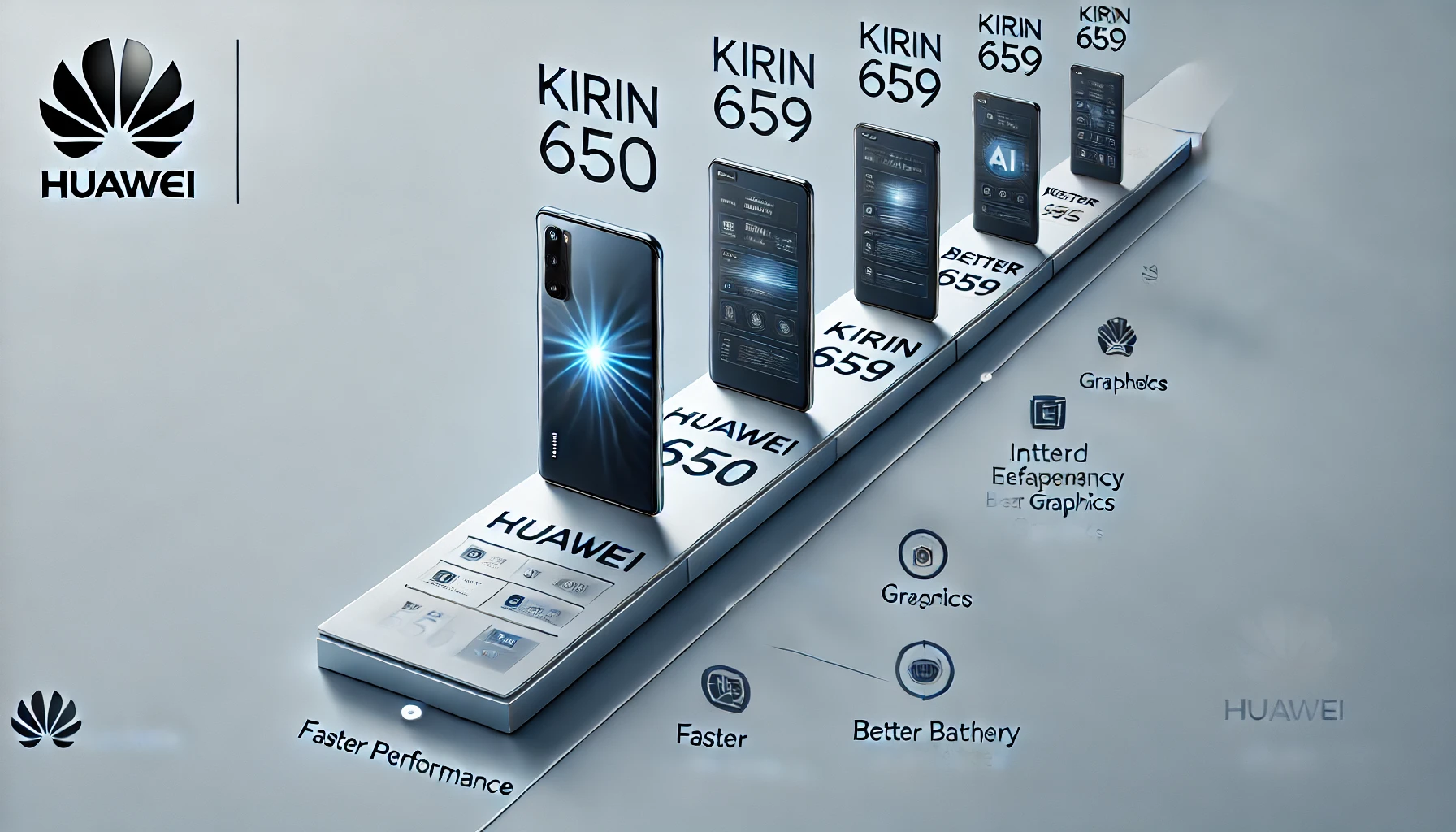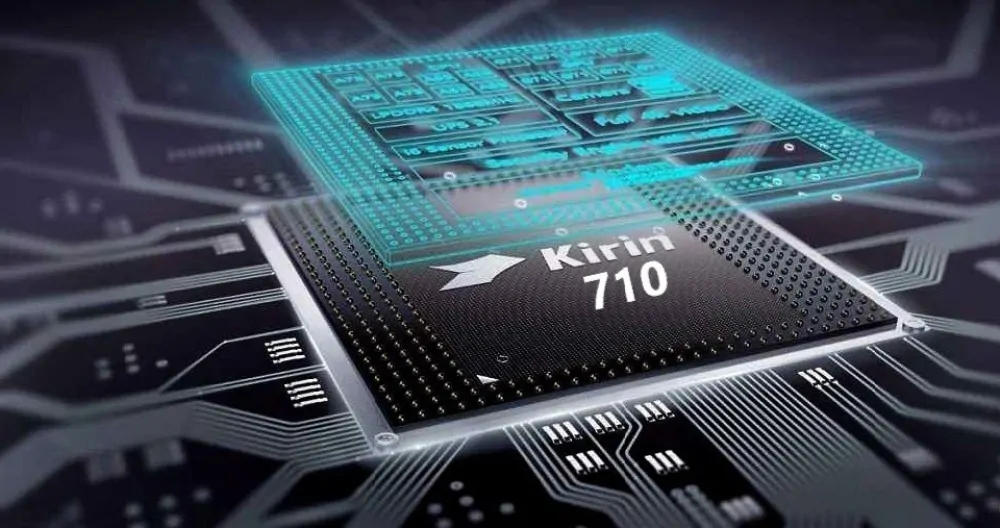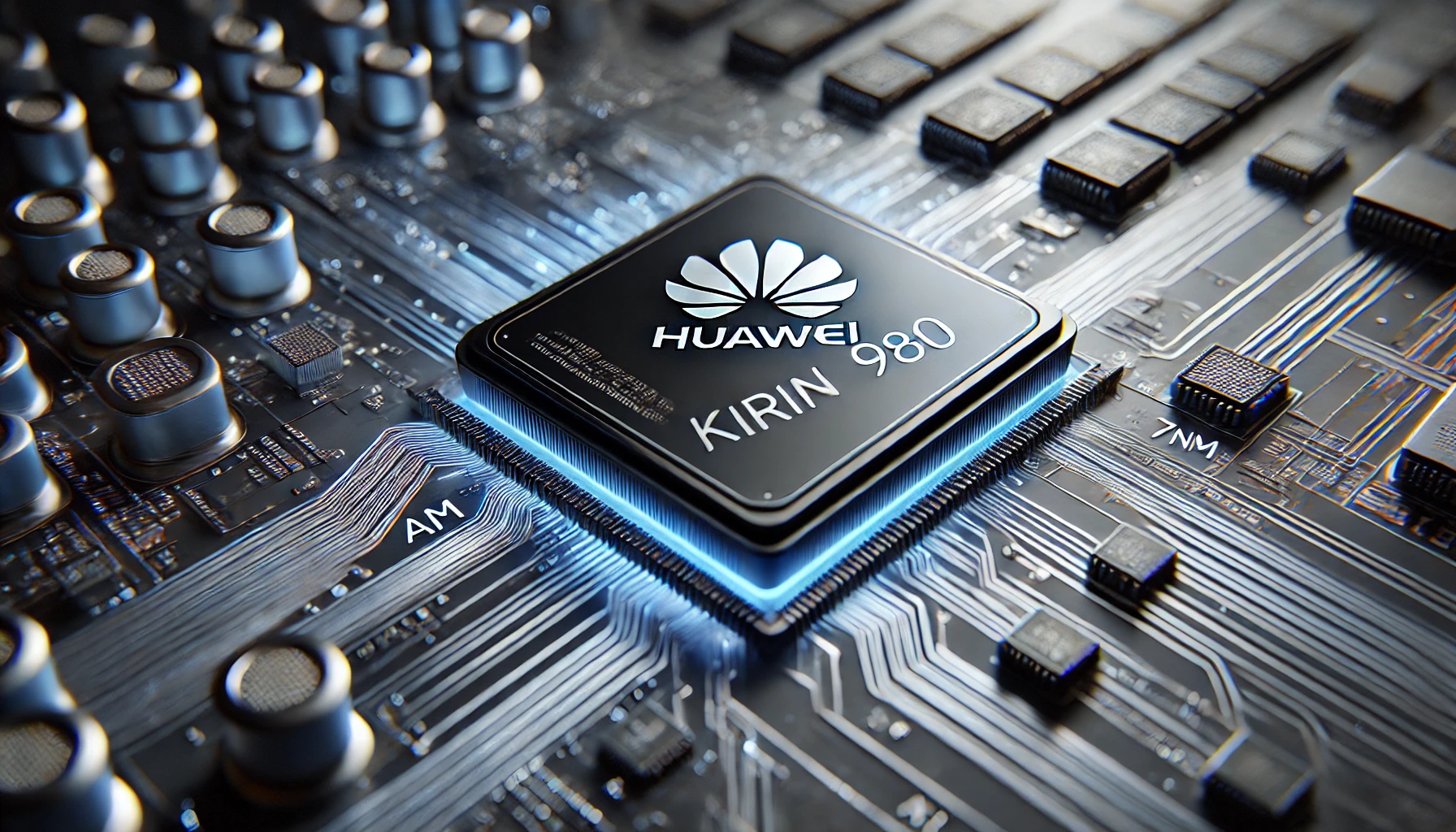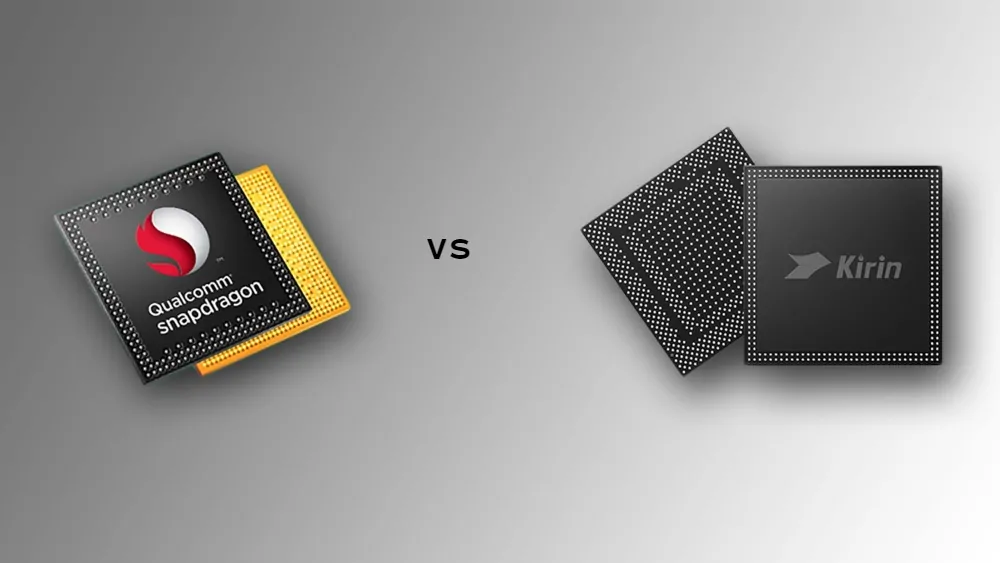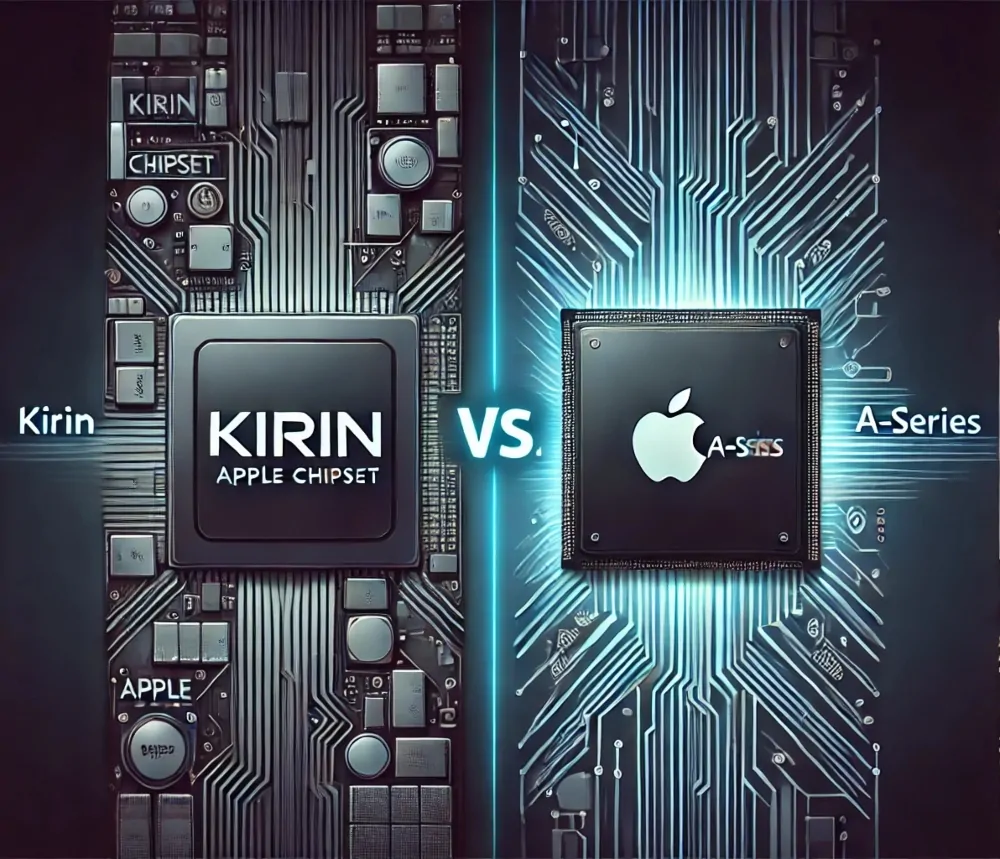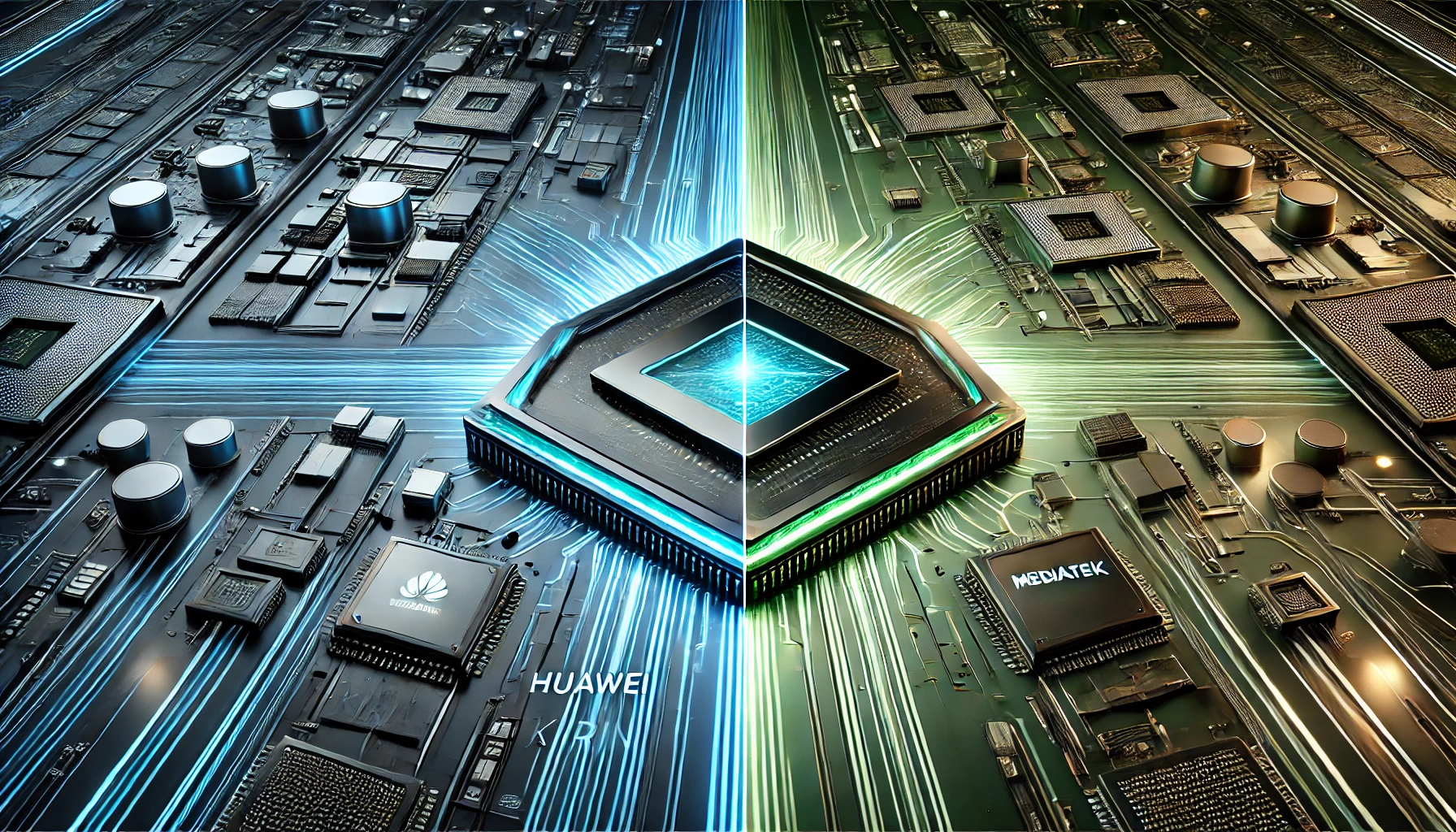Huawei has played a key role in the mobile processor industry, with its in-house Kirin processor line developed by HiSilicon. These processors have been central to Huawei’s devices, offering strong performance and AI capabilities. The Kirin chips have helped Huawei optimise its ecosystem, particularly regarding power efficiency and gaming. Their development reflects Huawei’s strategy to reduce reliance on external technologies. Kirin processors are essential to Huawei’s success in the mobile market.
History of Huawei Kirin Processors
Huawei developed the Kirin processors in 2012 as part of its effort to create a more integrated and efficient hardware-software ecosystem. The goal was to reduce dependency on third-party chip manufacturers and develop proprietary technology that could offer better performance tailored to its devices.
Kirin processors were designed to meet smartphone users growing demands, focusing on enhanced AI, energy efficiency, and gaming performance. Over the years, Huawei has consistently upgraded the Kirin lineup, with each generation bringing innovations to meet evolving industry standards. This move helped Huawei position itself as a leader in mobile technology.
Versions of Huawei Kirin Processors
Kirin 620
Released in 2014, the Kirin 620 was a budget-friendly processor aimed at entry-level smartphones. It powered devices like the Honor 4X, offering basic performance for users who needed a reliable phone at a lower price. The chip focused on energy efficiency and provided decent performance for daily tasks like browsing, messaging, and light apps. It helped Huawei cater to consumers looking for affordable smartphones with reasonable capabilities. The Kirin 620 was a key component in Huawei’s strategy to expand its market share in the budget segment.
Kirin 950 Series
Launched in 2015, the Kirin 950 series was a high-performance processor designed for multitasking and demanding applications. It was featured in the Huawei Mate 8, a device known for its excellent performance and efficiency. The chip’s octa-core design and powerful GPU made it suitable for gaming and multimedia tasks, setting new speed and power efficiency standards. Its ability to handle intensive tasks without compromising battery life made it a standout in Huawei’s lineup. The Kirin 950 brought flagship-level performance to Huawei devices.
Kirin 650 to 659 Series
Introduced between 2016 and 2017, the Kirin 650 to 659 series catered to affordable smartphones while offering decent performance. These processors powered popular budget devices such as the Huawei P9 Lite and Honor 9 Lite, providing reliable multitasking and general performance for everyday use. The series focused on energy efficiency, ensuring that even budget devices could offer longer battery life. These processors helped Huawei maintain a strong presence in the affordable phone market. Their balanced performance made them ideal for budget-friendly devices.
Kirin 970
Kirin 970, launched in 2017, introduced Huawei’s first dedicated Neural Processing Unit (NPU), pioneering AI integration in smartphones. This processor was featured in flagship devices like the Huawei Mate 10 and P20 series, offering improved AI-driven tasks such as photography, facial recognition, and voice assistance. The chip’s AI capabilities made Huawei phones faster and more intelligent, revolutionising mobile performance. It also improved power efficiency, providing better battery life even during intensive tasks.
Kirin 710
Released in 2018, the Kirin 710 was designed to offer solid performance at a mid-range price point. It powered devices like the Huawei Nova 3i and P Smart 2019, providing users with a smooth experience in daily tasks, gaming, and photography. The chip focused on balancing performance and energy efficiency, making it a popular choice for budget-conscious consumers. With its AI capabilities, it also enhanced camera performance and system responsiveness. The Kirin 710 helped Huawei expand its market in the mid-range segment.
Kirin 980
Kirin 980 was Huawei’s first 7nm chip, released in 2018. It significantly enhanced AI performance and power efficiency. It powered devices like the Huawei P30 and Mate 20 series, delivering faster processing and improved multitasking. The chip’s dual NPU boosted AI capabilities, making Huawei phones smarter and more responsive in real-time tasks. Its energy efficiency also allowed for longer battery life, even under heavy usage. The Kirin 980 was a key milestone in Huawei’s mobile processing evolution.
Kirin 990 Series
Launched in 2019, the Kirin 990 series brought advanced 5G and AI processing capabilities to Huawei’s devices. The Kirin 990 and 990 5G models delivered strong performance in flagship phones like the Huawei P40 and Mate 30 series. This series was particularly noted for its AI-driven enhancements and energy efficiency, offering a smooth user experience in demanding tasks. With its integrated 5G modem, the Kirin 990 pioneered fast, next-generation mobile connectivity. Its AI improvements also boosted performance in photography and gaming.
Kirin 9000 Series
Released in 2020, the Kirin 9000 series was Huawei’s first 5nm processor, offering groundbreaking AI and 5G capabilities. The series includes the Kirin 9000 and 9000E models, designed for flagship devices. These chips were first featured in the Huawei Mate 40 series, pushing performance, energy efficiency, and AI functionalities to new heights. With integrated 5G and cutting-edge AI technology, the Kirin 9000 set a new standard in mobile processing. It remains a key player in Huawei’s premium smartphones.
Key Features of Huawei Kirin Processors
Performance and Speed
Kirin processors are optimised for high performance, utilising advanced architectures and multi-core designs to deliver smooth and responsive user experiences. These processors power some of Huawei’s top devices, such as the Mate and P series, known for their exceptional speed and multitasking capabilities. Integrating powerful CPUs and GPUs allows Kirin chips to handle demanding applications easily, offering seamless performance across different tasks.
AI Capabilities
Kirin processors are renowned for integrating AI technology, particularly through dedicated Neural Processing Units (NPUs). This AI integration enhances the user experience by optimising features like photography, speech recognition, and real-time translations. For example, AI-powered photography enables better scene recognition and image optimisation, making Kirin-powered devices smarter and more intuitive.
Battery Efficiency
Kirin processors feature advanced power management technologies that extend battery life without sacrificing performance. These chips intelligently manage energy consumption based on the user’s activities, ensuring that devices stay powered for longer, even with heavy use. Power efficiency is especially critical for high-performance devices, allowing users to enjoy longer usage without frequent charging.
5G Connectivity
Kirin processors have played a pivotal role in Huawei’s advancements in 5G technology, with integrated 5G modems that enable faster download speeds, lower latency, and improved network connectivity. Models like the Kirin 990 and 9000 series have been at the forefront of 5G innovation, allowing Huawei devices to harness the full potential of next-gen mobile networks for streaming, gaming, and online experiences.
Graphics and Gaming
Kirin processors are designed with powerful graphics processing units (GPUs) that deliver smooth gaming and multimedia experiences. These chips can handle high-quality visuals, fast frame rates, and advanced 3D rendering, making Kirin-powered devices ideal for mobile gaming fans. Combining AI and GPU performance further enhances the gaming experience by optimising power usage and reducing lag.
Comparison of Kirin Processors with Competitors
Kirin vs. Qualcomm Snapdragon
When comparing Kirin processors to Qualcomm’s Snapdragon, both offer strong performance, but Kirin tends to excel in AI integration due to its dedicated Neural Processing Units (NPUs). On the other hand, Snapdragon processors often lead to raw performance and graphics capabilities, particularly for gaming. In terms of power efficiency, Kirin chips are well-optimised for battery life, but Snapdragon processors typically offer more consistent efficiency across a range of devices.
Kirin vs. Apple A-Series
Apple’s A-series processors generally surpass Kirin regarding single-core performance and overall efficiency, as they are highly optimised for Apple’s hardware and software ecosystem. However, Kirin processors hold their ground in AI capabilities, especially photography and real-time processing. While Apple’s chips are designed specifically for iOS devices, Kirin processors aim to balance power, AI, and battery efficiency in a wider range of Huawei devices.
Kirin vs. MediaTek
Kirin processors often outperform MediaTek regarding power efficiency and AI capabilities in the budget and mid-range segment. MediaTek chips are known for being affordable and delivering decent performance for lower-cost devices. Still, Kirin processors generally offer a better balance of performance, power management, and integrated features like AI and 5G. Kirin offers more advanced device features, whereas MediaTek focuses on cost-effective solutions.
Challenges Faced by Kirin Processors
- US Trade Restrictions: The US trade ban imposed on Huawei has significantly impacted Kirin processor production, cutting off access to essential US-based technologies like chip design software and manufacturing tools.
- Limited Access to Cutting-edge Technologies: Due to these restrictions, Huawei has faced challenges in sourcing the latest chip fabrication technologies, limiting its ability to innovate and produce processors that match the performance and efficiency of competitors.
- Global Competition: Huawei faces tough competition from global chip manufacturers such as Qualcomm, Apple, and MediaTek, making it difficult to maintain market share and technological advancements in a highly competitive landscape.
Conclusion
Huawei’s Kirin processors have significantly impacted the mobile processor industry, particularly in advancing AI capabilities, power efficiency, and 5G integration. Despite challenges like US trade restrictions, Kirin chips have been key to Huawei’s success in developing high-performance devices that compete with global leaders.
Looking ahead, the future of Kirin processors remains uncertain due to limited access to cutting-edge technologies, but Huawei’s focus on innovation and self-reliance may help it overcome these obstacles. Kirin’s legacy continues to shape Huawei’s mobile strategy as the company navigates a rapidly evolving tech landscape. The coming years will determine its adaptability and growth potential.

